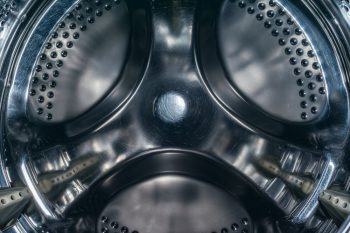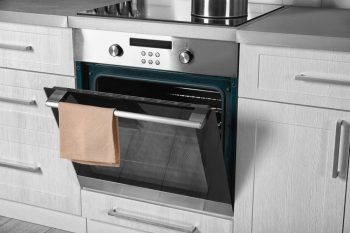
Have you ever heard the term “half load” on a dishwasher? Are you perplexed by this term? Well, do not worry; you are not alone! People often come across this term when they are buying a dishwasher.
You will find sellers praising their dishwashers and mentioning the half-load function. The buyer generally does not understand this function and how it works.
You are exposed to a large flow of information whenever you purchase. Some of the information is quite simple and common sense based. So buyers fully comprehend it.
However, some of the given information is technical. Not everyone can understand it. Being a consumer, you must know how your purchase functions.
It is wise to deal with all the issues in advance than regret the purchase later.
Half load on the dishwasher represents a special feature that helps clean a few dishes at a time by functioning in just half of the dishwasher.
This is a great way to save energy and water in the dishwasher when only a few dishes are loaded.
This feature is useful for small households with few dishes at a time.
This article will provide you with the necessary information about the half-load function of a dishwasher, how it functions, and how it helps you save money.
What Is the Meaning of Half Load on a Dishwasher?

The term “half load” on a dishwasher refers to loading fewer dishes using less water than normal. It is a special function that enables you to save resources and conserve energy.
The function also reduces washing time, thus preventing time wastage. You can load fewer dishes in a dishwasher without half loading function. But time consumed and water used would be normal.
Manufacturers have provided a half-load function in most of the dishwashers on the market.
Because of this function, consumers can save water, consume less energy, and prevent time wastage, as the half-load function provides faster program execution.
How Does the Half Load Function Work?
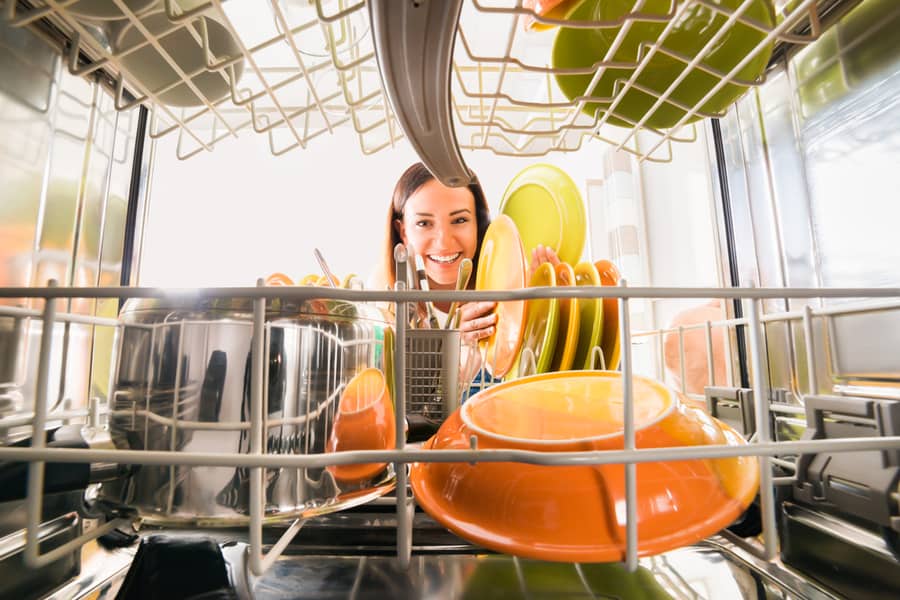
For loading dirty dishes, all dishwashers have a top basket and a bottom basket. Water jets are present inside the dishwasher. The dirty dishes are put into each basket area.
In a normal wash cycle, water jets spray water onto the dishes from a pump. The amount of water sprayed is controlled by valves.
In a half load, a diverter valve prevents water flow to either the dishwasher’s top or bottom half. Depending on the basket you load dishes into, cleaning occurs only in one area of the machine.
This may vary between the top or bottom baskets in different dishwasher models.
If the hopper of the dishwasher is only half full, make sure to put dishes in that specific way as required. To ensure a high-quality washing, keep in mind the layout of the dishes at half load as offered by your dishwasher.
The Layout of the Dishes in a Half-Load Function
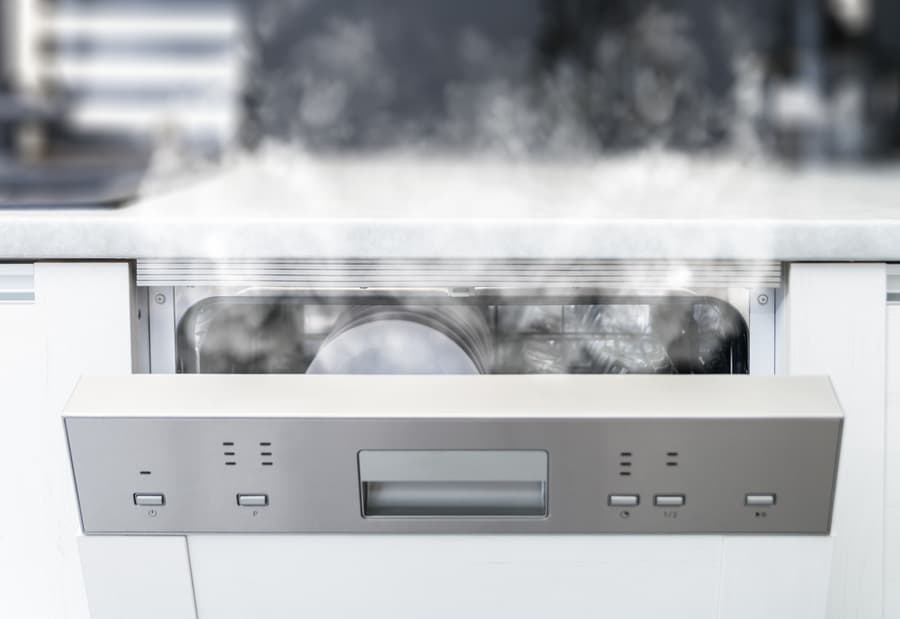
You must carefully read the manufacturer’s instructions to load the dishes into the dishwasher.
After you have found out which baskets to use and when you will need to study the general guidelines regarding the arrangement of dishes.
To put the dishes in half-load mode, the following are the recommendations:
- Place the pans, plates, and spatulas horizontally in the basket.
- Add spoons, forks, and knives vertically in special cells.
- If there are any fragile dishes, they must not be placed near the pans and plates.
- Since the machine vibrates during washing, keep a minimum distance between the loaded dishes. This guarantees they do not bang into each other during washing; hence the chance of breaking is low.
- Arrange forks, knives, and spoons more freely, so they do not vibrate. If needed, secure them with latches.
Some dishwashers, when half-loaded, require the dishes to be placed only in the upper basket, while others require loading them in the lower basket. This varies from brand to brand.
However, following the manufacturer’s manual can get the maximum out of your dishwasher with a half-load function.
Benefits of Half-Load Dishwasher
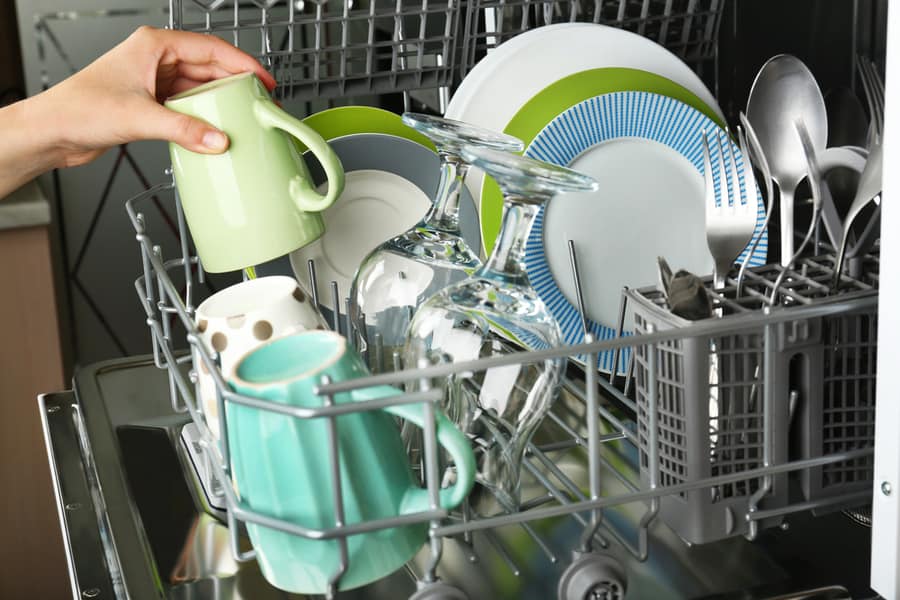
For larger households, there is always a pile of dirty dishes. In such cases, the dishwasher will nearly always be fully loaded.
However, when dishes are smaller in number, half load option is the way out!
Running a full load cycle generally takes a long time for smaller households with little dirty dishes.
You might have to wait for all the dishes to fill up the dishwasher before running it to save energy on a few dirty dishes. This way, this small number of used plates lie around longer until the full load cycle completes.
The cons of saving energy by this method are that the food becomes dry and sticks to the dishes.
Another disadvantage of a full load cycle is that if you load all the dishes, it may take longer to clean, and you may get out of dishes until the wash cycle completes.
For this reason, many dishwashers now come with a half-load program. This program provides a solution for smaller households.
Each time you run this option, it reduces the washing time and saves energy and money.
How Does the Half Load Function Helps You Save Money?
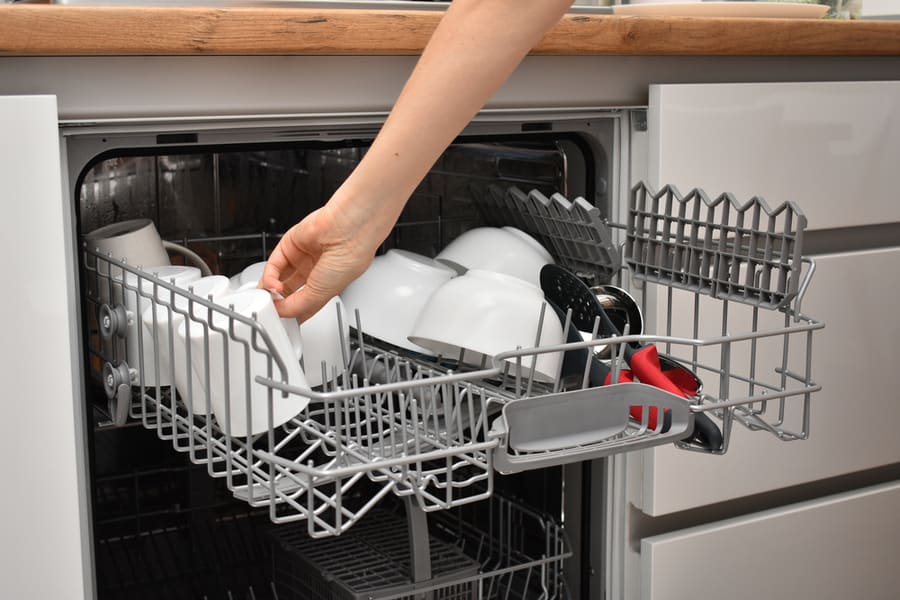
The half-load option provided on a dishwasher generally consumes less water than required. Compared to a regular cycle, the half-load function enables you to save some money.
This is particularly true for those using a water meter installed.
You can also save some money using detergent to wash dishes as less detergent is required for less water and a smaller number of dishes. So, you can save little money on detergents too.
However, when you are using a dishwasher tablet, it may not be the case. Because even with the half load cycle, you still need to use a full tablet.
In short, running a dishwasher on half load is one of the most economical options. Economical not just in terms of money but also resources, time, and energy.
Half Load Option Cleans the Dishes Well

People generally doubt the functioning of the half-load option. They assume the results may not be as good as they should be since it uses less water.
Do you fear the same? Well, it is not the case here! Though half load option uses less water, the water used is enough for the number of dishes loaded.
So, there is no question of dishes not getting a proper clean-up.
Remember that, along with a larger number of benefits, the half-load option also allows you to get the dishes cleaned most efficiently. You can always rely on it for excellent results.
The half-load option on the dishwasher always cleans the dishes as effectively as a full load. However, the results may vary between different models of dishwashers.
Dishes are also less prone to breaking in a half load. Manufacturers have been focusing on this feature so that there may be less damage when dishes bang into each other.
Conclusion
A Half load dishwasher contains a special feature that allows you to clean a few dishes in the dishwasher with the same precision but while saving energy and water.
This useful feature helps in energy and water conservation by performing cleaning actions in only half part of the dishwasher where those dishes are loaded.
This feature is extremely helpful for small households which have only a limited dish load at one time. You can switch the cycle to half load in case of low load.
However, the dishwasher can switch to a full load cycle if there are many dishes. This gives you an amazing chance to save energy by getting the same clean results.
Frequently Asked Questions
How Often Should You Clean Up Your Dishwasher?
For dishes to get cleaned better, the dishwasher must be cleaned too. If you fail to keep your dishwasher well-maintained, you may not get your dishes cleaned how you want.
For top-quality clean-up, you must clean your dishwasher at least once a month. If you have constantly been using it, frequent clean-up may be necessary.
With time, dishwashers, like all other household appliances, get dirty. The build-up of germs, dust, stains and bad smells are all common.
And all can affect the efficiency of the machine by reducing its performance. Thus, to prevent germs and keep your dishwasher fresh-smelling, regular clean-up is necessary!
How Important Is It To Load the Dishes the Right Way Into the Dishwasher?
Much of the dishwasher results depend on how properly you have loaded the dishes into them. Know that proper loading of dishes is one of the main conditions for quality washing.
You do not have the option to skip it. You can use the owners’ guide for correctly arranging the dishes. The first time, carefully loading the dishes may require more time.
However, when you keep on doing that, it will consume less time.
Before you start loading the dishes into the compartments of the dishwasher, be sure to remove all the remains of the half-eaten food.
The better you do this, the better your dishes will be washed, and the less likely the drainage system will get clogged.
After the dishes have been washed out, you may use a napkin or a sponge to clean them dishes. Also, ensure no seeds are left from the fruit so your dishes get a quality clean-up without damaging the machine’s drainage system.
Is It Necessary To Rinse the Dishes Before Loading Them Into the Dishwasher?
Of course, it is!
A dishwasher helps you to get cleaned dishes without you putting much effort. If you follow the instructions for loading the dishes into the dishwasher, you will surely get an excellent quality wash.
However, there is another thing you can do to get good results. It is to rinse the dishes under water before putting them into the machine. If you do so, your dirty dishes will be washed better.
In some dishes, dried food residues are there. If you put these dishes directly into the dishwasher without rinsing them, you may get poorly washed utensils.
However, for some dishes, like the ones without having solid food leftovers, you may go ahead without rinsing. You may put the dishes without rinsing if you are used to doing them right after eating them.
However, if you habitually accumulate and wash the dishes later, you must not skip rinsing!




